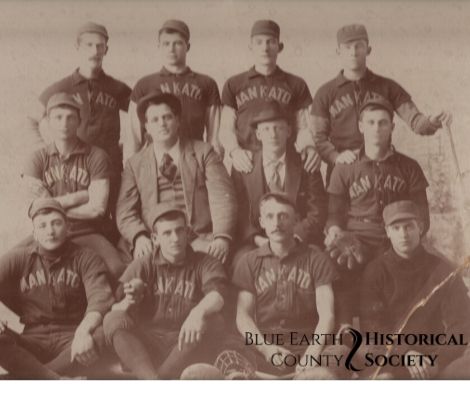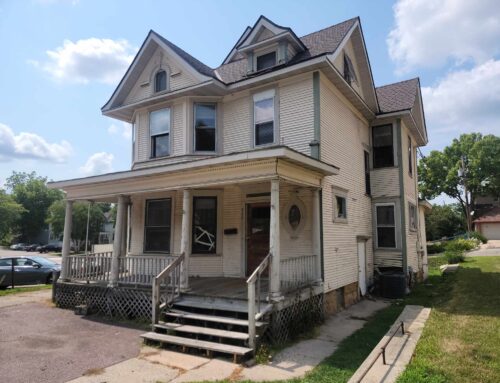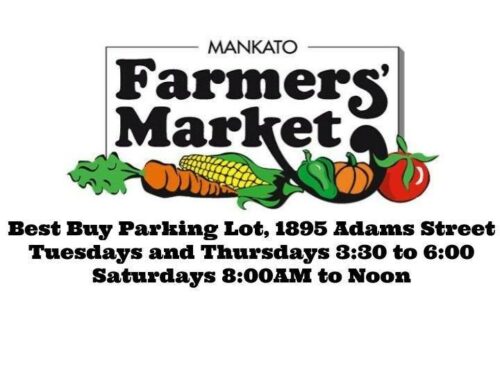By Hilda Parks 
Baseball did not become popular in Minnesota until after the Civil War, although the game was being played in the city by 1864. The Minnesota State Association of Baseball Players was formed in 1867, and the Frontier Club became the first organized team in town. Many of the players were local doctors and businessmen. An August game against St. Peter ended with Mankato winning 61-40. Later that year the North Stars from St. Paul, considered the states’ elite team, arrived by riverboat and brought a new baseball. The Frontier Club lost, 57 to 14. Such large scores were common because of under-handed pitching, the pitcher standing nearer home plate, and poor fielding by players who did not wear gloves. Overhand pitching did not come into use until about 1877.
In the following years, most communities formed teams with names like the Sterling Puddle Foot Ball Club, Medo Ripraps, Good Thunder Puzzlers, or Mankato’s OK’s. Even inter-county rivalries grew, including with the Albert Lea Lemon Suckers.
The Baltics, Mankato’s best-known team, was formed in 1873. Players often alternated between infield and outfield, but the same catcher and pitcher played every game. It wasn’t until 1891 that the catcher was allowed to use a padded glove. Before that date, an unpadded glove was legal, as was a glove that fit over the palm of the hand for the first baseman. All others played barehanded. The first year the Baltics used a catcher’s mask was 1889. Another new rule that year allowed for only four balls, not five, for a walk, and foul tips were no longer considered outs. Players who “abused the umpire” could be fined or thrown out of the game. Neither could an umpire reverse his decision “on the testimony of any player or bystander.” 1889 was also the year fans saw the first curve ball thrown by a Baltic, Billy Mead. Baseballs have remained the same since 1872.
Gameday was more than just the game. The players were often paraded to the field, with brass bands. Following the game, both teams would be feted with a post-game meal at a local hotel. Travel to out-of-town games meant hours in horse-drawn wagons, often leaving Mankato at midnight for an afternoon game the next day. Most games in Mankato were played at the old fairgrounds in Sibley Park. However Sunday baseball at the park was discouraged because, critics claimed, people went to the park for quiet time.
Interest in baseball waxed and waned. It competed for fans with horse racing, bicycle racing, and even foot racing. However in 1896, when it was possible that the relocation of the Omaha railroad tracks would cut through the field at Sibley Park, a new field was built across the river in North Mankato. Southwest of the bridge off of Nicollet Street, the stadium could hold 1000 seated and 1000 more standing. People could also sit in their carriages and watch for 15 to 25 cents. There were dressing rooms under the bleachers, and a place to park bicycles. There was talk of adding a bicycle track for racing.
The Mankato Maroons played in the new stadium for one year. Already in May, there was concern about low attendance and poor receipts. The following spring a suit was brought against the Mankato Baseball Association for $329 for fencing, boards (for the grandstand), baseball suits, bats, masks, and other equipment. The Association disbanded. A new Association was formed, with many of the same people, and by the summer of 1898 games were again being held in Sibley Park.







Leave A Comment